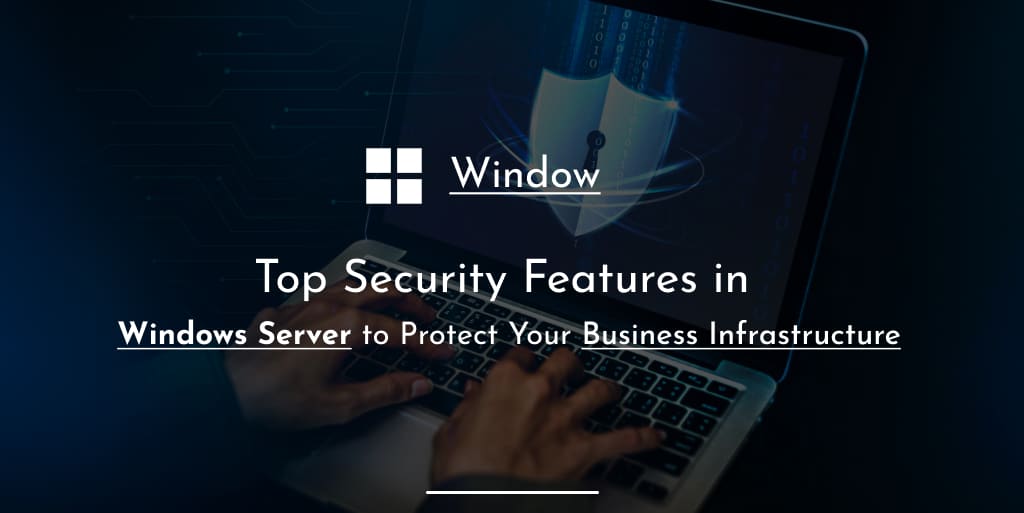In an age of heightened cybersecurity threats and an ever-evolving digital landscape, it’s paramount for businesses to prioritize the protection of their critical data and infrastructure. Microsoft, recognizing this need, has incorporated a myriad of advanced security features into its Windows Server platform. Let’s delve into the top security features of Windows Server that businesses can leverage to ensure their infrastructure remains unbreachable.
- Just Enough Administration (JEA) and Just-in-Time Administration (JIT):
- JEA allows you to provide the precise level of control required for a task, nothing more. This reduces the risk associated with elevated permissions.
- JIT grants temporary admin rights when needed, thus minimizing the window of opportunity for attackers to leverage high-level credentials.
- Shielded Virtual Machines (VMs): These are protected from tampering and inspection by malicious hypervisor admins or compromised software. Even administrators can’t access the content or state of the VMs, which safeguards sensitive data.
- Windows Defender Advanced Threat Protection (ATP): This feature provides post-breach layer security. It detects, investigates, and mitigates potential threats, ensuring that the system is resilient even if there’s a successful compromise.
- Credential Guard: Credential Guard uses virtualization-based security to isolate and protect encrypted domain credentials, reducing the risk of attackers harvesting them using techniques like Pass-the-Hash or Pass-the-Ticket.
- Control Flow Guard (CFG): CFG is a security feature designed to combat memory corruption vulnerabilities. It ensures control flow integrity, which makes it difficult for attackers to exploit certain types of vulnerabilities.
- Remote Desktop Protocol (RDP) Enhancements: Windows Server has consistently updated its RDP features to prevent “man-in-the-middle” attacks. Using robust encryption methods, it ensures that remote connections remain secure and uncompromised.
- Host Guardian Service (HGS): This service ensures that Hyper-V hosts in a fabric are healthy and can run shielded VMs, adding another layer of protection to your virtualized infrastructure.
- Device Guard: It allows organizations to lock down their servers to run only trusted applications through the use of code integrity policies, making it more challenging for rogue software or malware to operate.
- BitLocker Drive Encryption: BitLocker offers disk-level encryption, ensuring that data remains safe even if physical hard drives are stolen. When used with Trusted Platform Modules (TPMs), it offers a robust security solution against unauthorized data access.
- Nano Server: A minimalistic installation option that reduces the attack surface by eliminating any superfluous features. With fewer components to target, attackers find it harder to exploit the server.
- Windows Admin Center: This provides a centralized platform for server management, offering secure, role-based access control. With comprehensive auditing features, businesses can track and monitor all administrative changes.
- Dynamic Access Control (DAC): DAC allows for more granular file permissions, giving administrators the ability to set permissions based on user claims, enabling a more sophisticated access control mechanism.
To ensure the highest level of security for business infrastructure, companies should consider deploying multiple layers of these features, tailored to their unique requirements. Regular patching, vigilant monitoring, and timely updates are also vital in ensuring that the infrastructure remains safe from evolving threats.

